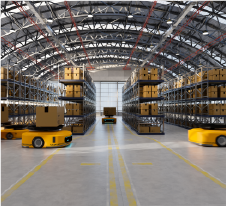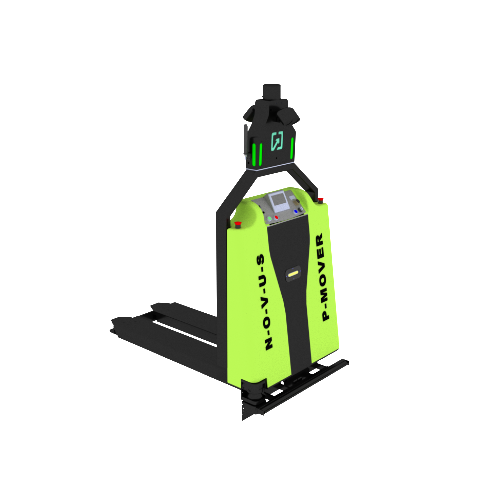Fixed vs Flexible Factory Automation involves different approaches to streamlining production. A variety of tools and equipment are used in the factory for the production of products or machinery. The assembling process of any material is crucial, as it involves advanced technology and skilled workers. Proper programming is required to run a factory, and the speed of manufacturing, employee capacity, and material quality are all assessed by the computing system. Novus Hi-Tech’s premium and easy-to-use factory automation solutions, whether you’re considering Fixed vs Flexible Factory Automation, can play an important role in boosting the production and efficiency of both established and new factories.
As innovation takes place in every single field, the manufacturers need to have a keen observation and adapt to the changes to compete with the competitors. To run a smooth factory process, manufacturers are switching from traditional methods i.e fixed/rigid to advance methods i.e flexible, mobile, and scalable that include the use of autonomous and mobile robots. Let’s have a look at both of them and determine which benefits the factory more.
Rigid/ Fixed Automation Explained
For constructing the large and bulky parts of the item, rigid automation is always preferred. It efficiently gives quality work when a significant task is given like welding, grinding, or fixing the huge parts of the product. Heavy robots that could perform such difficult tasks and handle large objects are impossible to make. So fixed machines are helpful to complete the job. The only arrangement made is switching the form or retooling the machine so it can be used for several purposes. Rigid automation includes transferring the material from one place to another, chemical processes, or compressing. But fixed automation lacks multiple types of mobility as they are heavy and perform the duty from where they are commissioned.
The Benefits of Rigid Automation are:-
- These systems are often easier to retool thanks to their straightforward nature and the fact that little to no programming is needed.
- Rigid automation requires lower upfront setup costs.
- It involves faster retooling which leads to less downtime
- Rigid automation does not require employees to have programming knowledge to operate.
- Hard automation can be used in mass production and continuous flow systems.
Flexible Automation Explained
As the name implies, it allows people to swiftly modify their role in performing a task. These robotic machines are designed to do a variety of actions. They can be retooled and without changing their programming are versatile to do any task when a change in production is required. Flexible automation is faster and quick to do several functions without any hassle. Different parts of tools can be fixed to make them able to construct multiple materials. Separate batches of the same product can be dealt with by using flexible automation. For this type of automation, the programming is usually done on the computer so it doesn’t take much human effort to change the tools multiple times. Flexible automation is not necessarily used to handle different sectors of the same product, it can also be used to handle different products.
The Benefits of Flexible Automation are:-
- Flexible automation quickly adapts to production needs thanks to multiple programmed skills.
- Flexible automation can easily maneuver around complex parts.
- It leads to the fast production of high-volume parts.
- There is no downtime in production between batches and changeover is accomplished by computer programming.
AMR: Flexible Automation
Autonomous mobile robots (AMR) enable flexibility and scalability. They also benefit from quick implementation timelines, often less than four weeks, and significantly lower investment than large-scale fixed automation.
Offering a flexible and agile solution, low barrier to entry, and rapid development time, AMRs present a compelling solution with a fast return on investment for a number of areas in the global supply chain.

Fixed Vs Flexible Factory Automation
Fixed vs Flexible Factory Automation refers to two different approaches in automating production processes. Fixed automation is designed for high-volume, repetitive tasks where equipment is set up for a specific function and cannot be easily altered, making it ideal for mass production. In contrast, flexible automation offers adaptability, allowing machines to be reprogrammed for different tasks or product variations. This flexibility is crucial for industries requiring quick changes in product designs or low-volume production runs. Choosing between the two depends on factors like production needs, cost efficiency, and the level of customization required.
Conclusion
A factory needs different tools that can be used in the construction of different items. The manager should work smart and switch to flexible automation in which one tool could perform multiple tasks just by changing the programming. Flexible automation systems are best-suited for material handling, assembly, and robotic systems that can adjust and adapt to production demand requirements. It is a matter of saving time and having a quality product by adding modern mechanization in their factories. If you are interested to know more on how the autonomous robotics technology could be helpful in your industry then schdule a 1:1 consultation with our robotic experts.


























